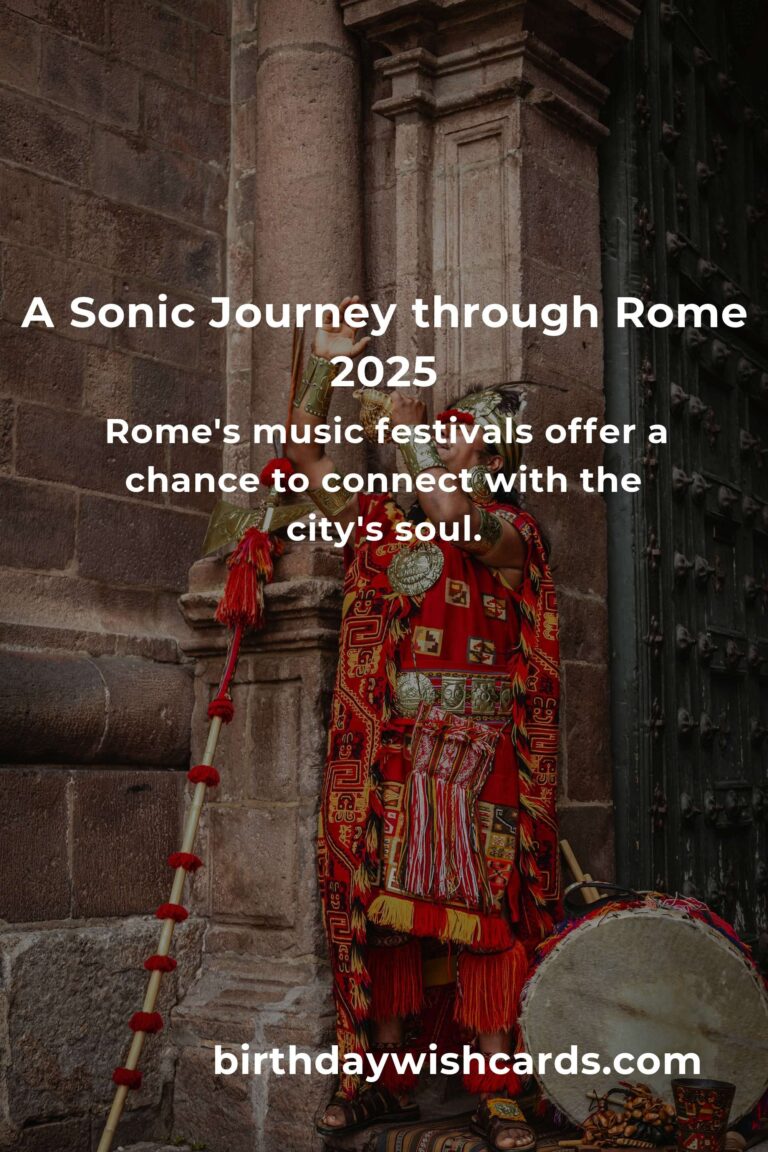Día de Reyes Magos – A Colorful Celebration of the Three Kings
Día de Reyes Magos, or Three Kings’ Day, is a beloved holiday in Spain and many Latin American countries. Celebrated each year on January 6th, this festive occasion marks the end of the Christmas season and commemorates the arrival of the Three Wise Men—also known as the Three Kings or Magi—who visited the baby Jesus in Bethlehem.
This vibrant holiday is filled with cherished traditions, delicious foods, and joyful festivities that honor the journey and gifts of the Three Kings, who brought gold, frankincense, and myrrh to the newborn Savior. Families and communities come together to celebrate, strengthening cultural connections and shared faith.
History and Origins of Día de Reyes Magos
The origins of Día de Reyes Magos trace back to early Christian practices, originally observed as the Feast of the Epiphany. “Epiphany” means the manifestation or revelation of God. According to the biblical account, the Three Wise Men—Balthasar, Melchior, and Gaspar—followed a guiding star to Bethlehem, where they presented precious gifts to baby Jesus. This event is significant as it represents the recognition of Jesus as the Son of God by the Gentiles, or non-Jewish people.
The celebration became formalized in the 4th century when Christianity was established as the official religion of the Roman Empire. Over the centuries, Día de Reyes Magos has evolved into an important religious and cultural holiday, with each country adding its own unique customs and local flavor to the festivities.
Traditions and Customs of Día de Reyes Magos
Día de Reyes Magos is marked by a variety of colorful traditions that bring families and communities together. One of the most beloved customs is the Three Kings’ parade, where participants dress as the Magi and parade through the streets, distributing candy to children and blessing homes along the way. This joyful procession often concludes with a communal feast featuring the iconic King’s Cake.
The King’s Cake is a sweet, round bread with a hidden figurine—often a small plastic baby representing Jesus. Tradition holds that whoever finds the figurine in their slice will enjoy good luck and blessings in the coming year. This playful custom adds excitement and anticipation to the celebration.
Gift-giving is another central aspect of Día de Reyes Magos. Unlike Christmas in many countries, children in much of Latin America receive their gifts on January 6th. On the night before, they leave their shoes or stockings out, hoping the Three Kings will fill them with presents. This tradition echoes the magic of leaving cookies for Santa Claus, highlighting the spirit of generosity and wonder.
Culinary Delights and Festive Foods
Food is an essential part of Día de Reyes Magos. In addition to the King’s Cake, families prepare a variety of traditional dishes that vary by region, often including tamales, roasts, and seasonal sweets. Sharing these meals reinforces family bonds and reflects the generosity shown by the Three Kings.




